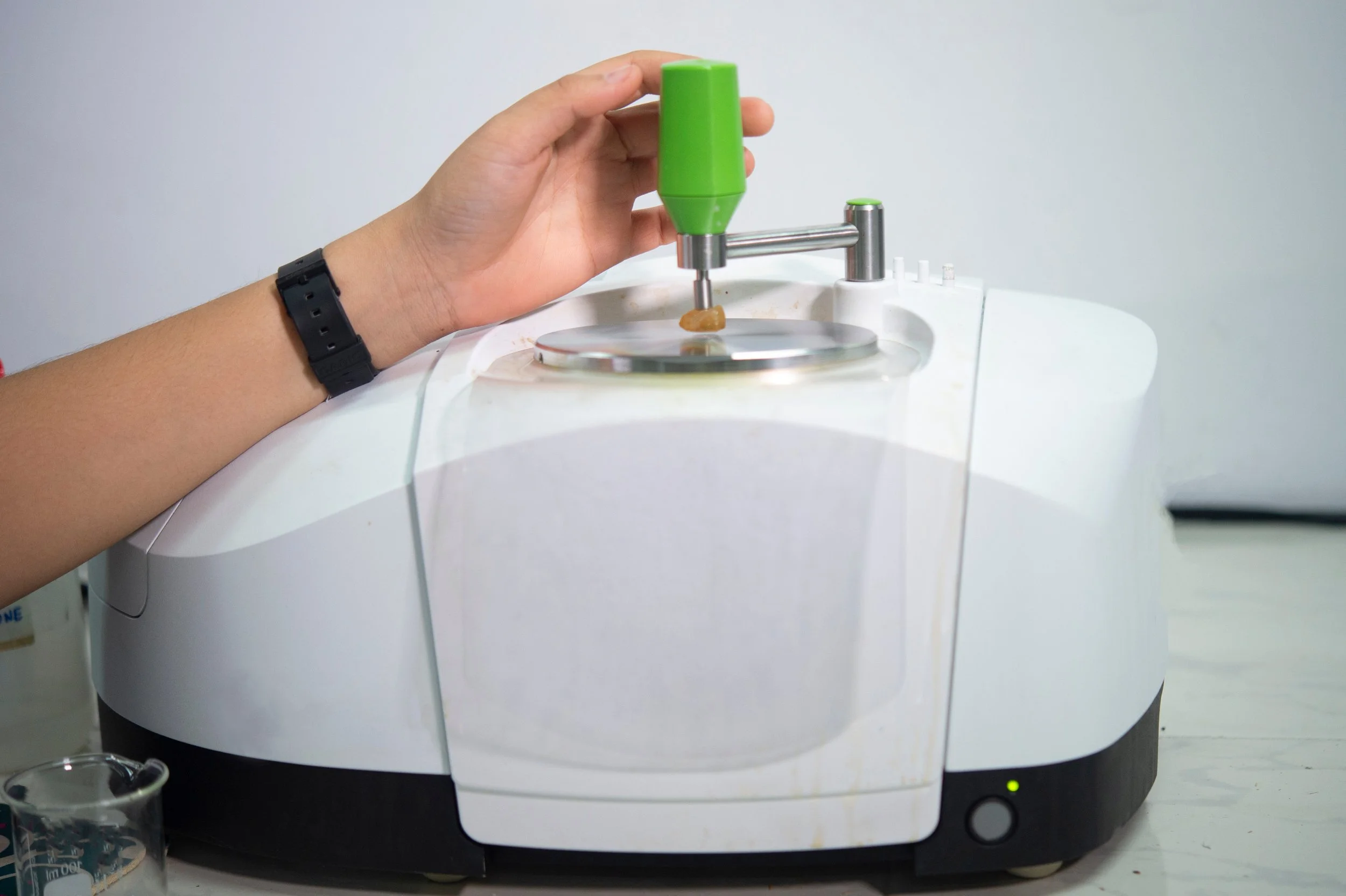How to differentiate between iso and ortho grp?
17/02/2023
Polyester resins, including isophthalic and orthophthalic types, are commonly used as a matrix material in the manufacture of glass reinforced plastic (GRP) products, including GRP gratings. While both types of resins have their own unique properties, it can be challenging to differentiate between them once they have been cured. However, with careful testing and analysis, it is possible to distinguish between cured isophthalic and orthophthalic polyester resins.
One of the key differences between isophthalic and orthophthalic polyester resins is their chemical structures. Isophthalic polyester resins contain isophthalic acid, which has a more compact and rigid molecular structure, making them more resistant to chemicals and heat. In contrast, orthophthalic polyester resins are made with orthophthalic acid, which has a more flexible and elongated molecular structure, making them less resistant to chemicals and heat.
To test for differences between cured isophthalic and orthophthalic polyester resins, the following methods can be used:
FTIR spectroscopy being conducted
Fourier Transform Infrared Spectroscopy (FTIR)
FTIR is a technique that measures the absorption of infrared light by a material. Each type of polymer has its own unique infrared spectrum, which can be used to identify the chemical composition of the material. By comparing the FTIR spectra of cured isophthalic and orthophthalic polyester resins, it is possible to distinguish between the two.
Differential Scanning Calorimetry (DSC)
DSC measures the heat flow into or out of a material as a function of temperature. By analyzing the heat flow characteristics of cured isophthalic and orthophthalic polyester resins, it is possible to determine the differences in their thermal properties.
Thermogravimetric Analysis (TGA)
TGA measures the weight loss of a material as a function of temperature. By comparing the TGA profiles of cured isophthalic and orthophthalic polyester resins, it is possible to determine their thermal stability and resistance to degradation.
Chemical Resistance Testing
Since isophthalic polyester resins are more resistant to chemicals than orthophthalic polyester resins, chemical resistance testing can be used to distinguish between the two. By subjecting cured isophthalic and orthophthalic polyester resins to various chemicals and observing their reaction, it is possible to identify which type of resin was used.
In conclusion, while it can be challenging to differentiate between cured isophthalic and orthophthalic polyester resins, careful testing and analysis can help to distinguish between the two. Techniques such as FTIR, DSC, TGA, and chemical resistance testing can be used to determine the chemical and thermal properties of the cured resin, helping to identify which type of resin was used in a GRP grating or other GRP product.

